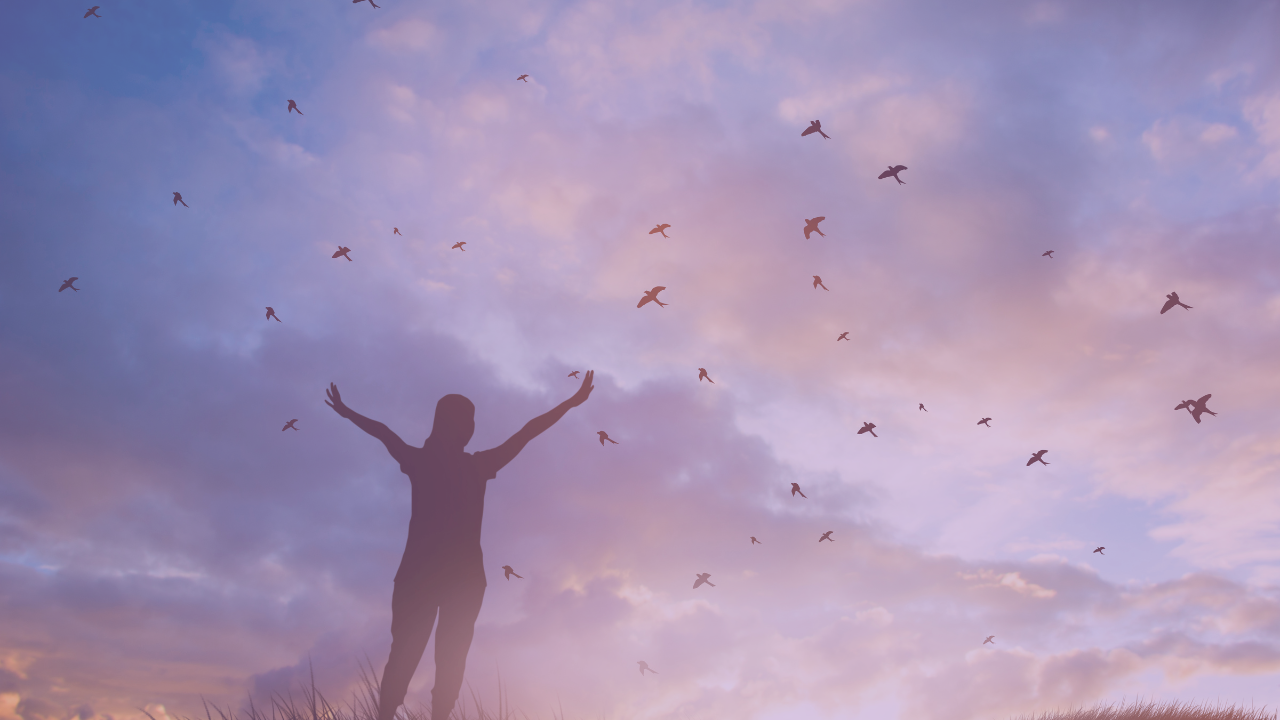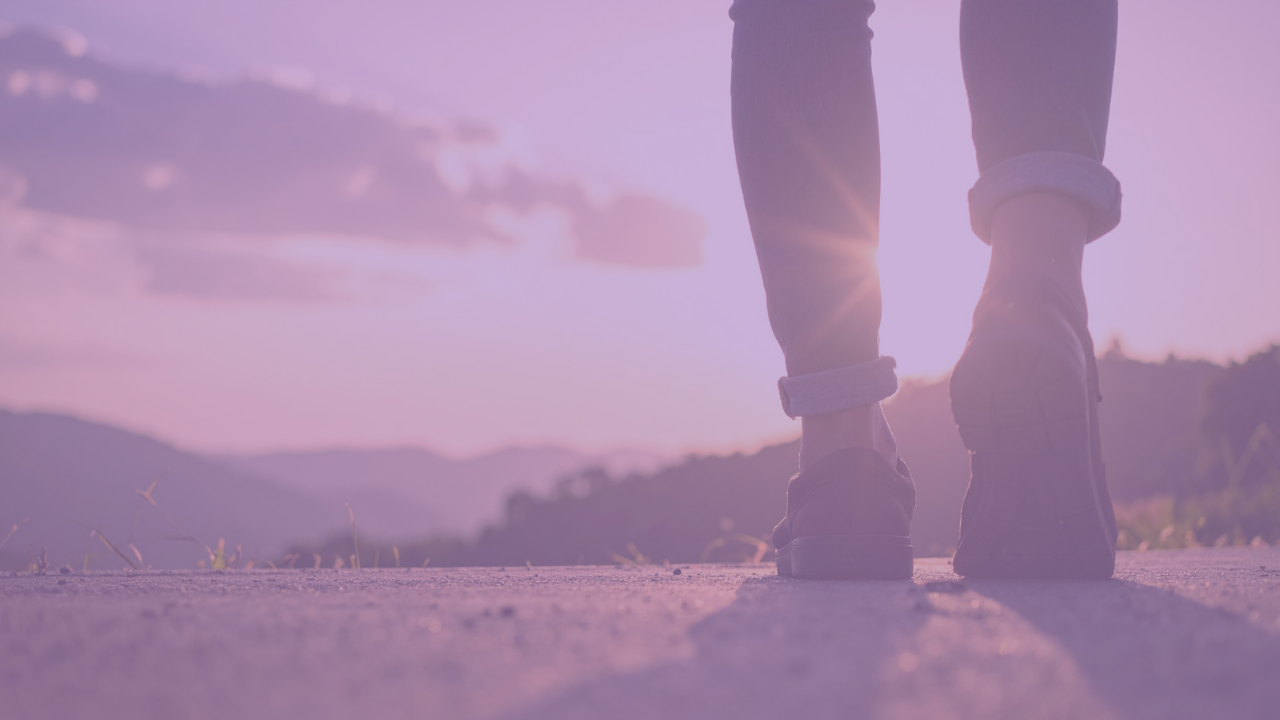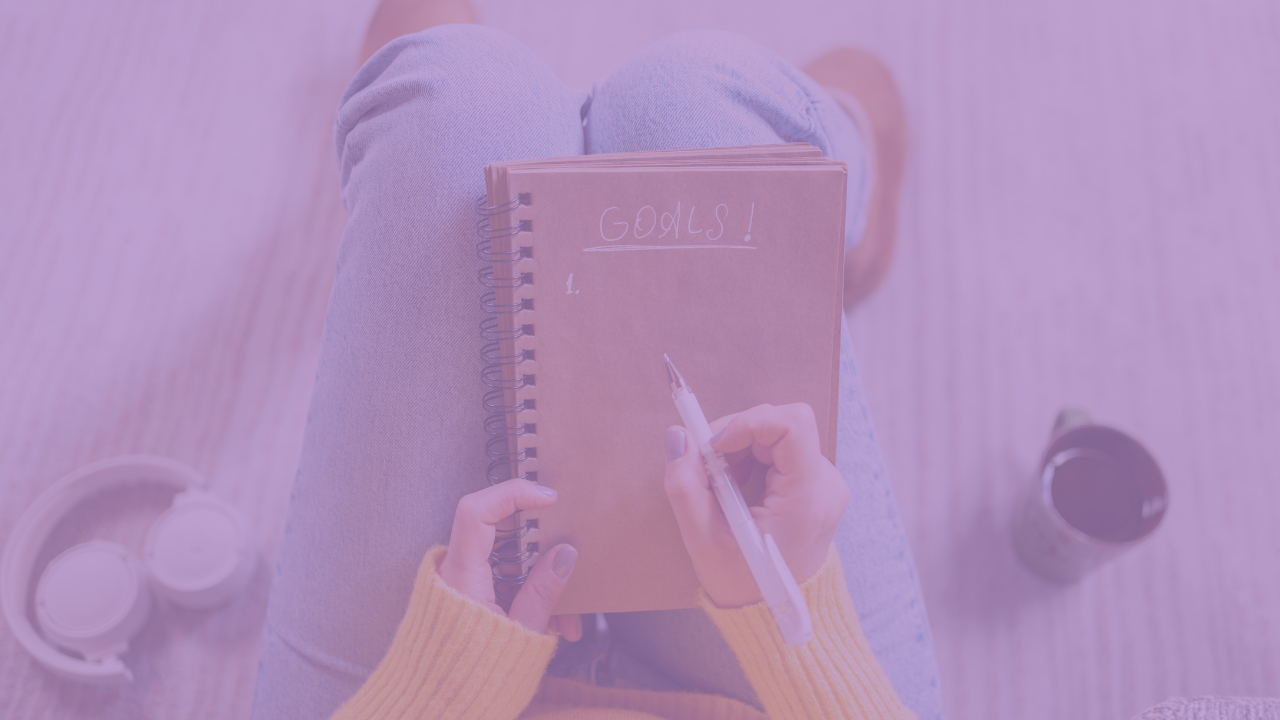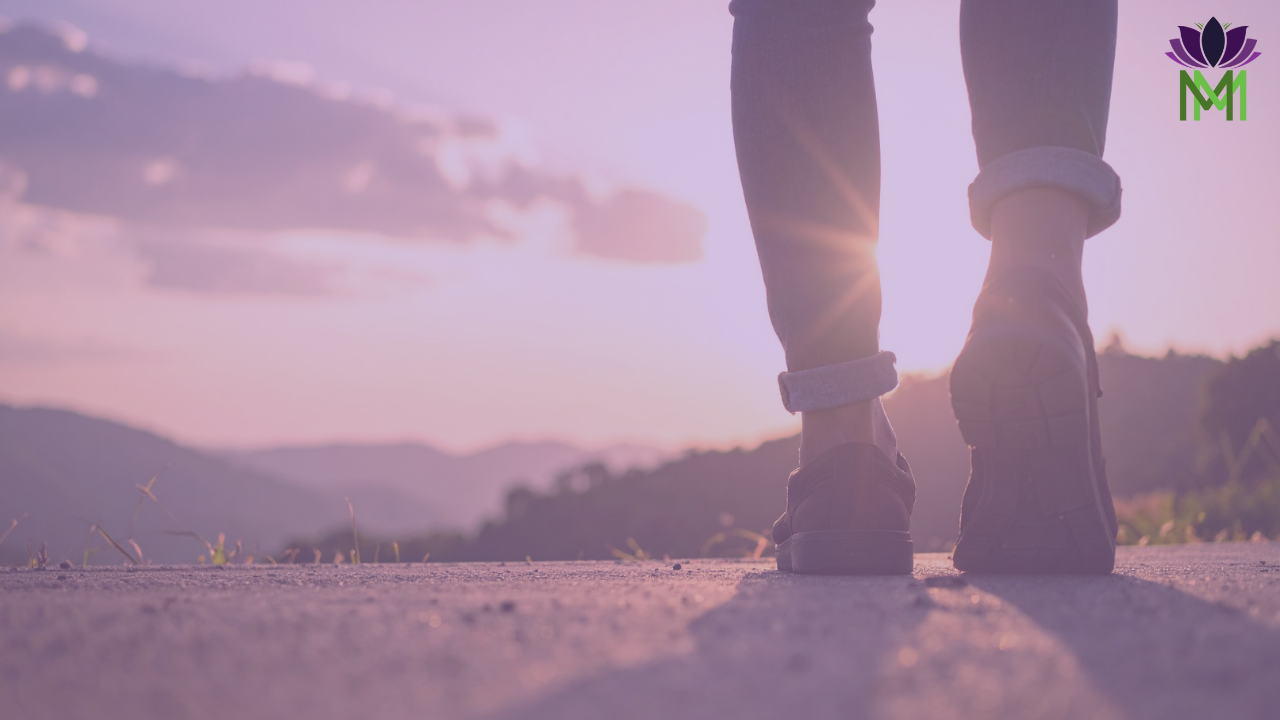“Anxiety was born in the very same moment as mankind. And since we will never be able to master it, we will have to learn to live with it—just as we have learned to live with storms.” – Paulo Coelho
I am grateful for the feelings of anxiety. I am grateful for the heaviness in my chest and the difficulty taking a full breath when situations become stressful. I know that may sound strange but hear me out.
What I mean by this, is that I am grateful for the lessons these experiences offer me. I am grateful that my body is sending me signals that remind me of what I need in the moment. Don’t get me wrong, I don’t enjoy these feelings in the moment, and I typically don’t get to the state of gratitude until after these feelings have passed.
In the moment when I recognize the feelings that come with anxiety, if I can recognize them as a message from my body, I can take a pause, breathe deeply and acknowledge that I need to take care of myself. This simple act allows the feelings to decrease in intensity and typically pass sooner than they would have if I didn’t recognize them and I continued to resist them.
How I have learned from many years of anxiety
Since I was about 20 years old, I have experienced anxiety on and off. At least that is the first time I can recall. I am a planner. I like order and clarity and some people in my life might even say I like control. When I don’t have those qualities, I have a tendency to worry and become overwhelmed. Additionally, I recognize in hindsight if I take on too many responsibilities, I often become nervous and uneasy.
When I resist the worry and overwhelm, it becomes anxiety. For me, the signals I most often recognize are tightness or heaviness in my chest making it difficulty to take a full breath. Or a sense of unease in my stomach. When it becomes more intense, when I ignore the first signals, I feel like I am constantly on the verge of tears. Things that I don’t normally worry about, become stressful and make me anxious, like an over-reaction.
Even just writing this, I can vividly remember various times in my life when I experienced these feelings. Reading back what I am writing, it might seem as if I am simplifying the process or downplaying the intensity. “Just recognize it and let it go,” sounds almost patronizing. I don’t mean to say this process is easy, but it does help.
Over the years, I have learned to recognize that my resistance to these feelings increase my suffering. My feelings of shame and imperfection due to having the anxiety also add to the worry. And it becomes a negative cycle that repeats itself.
When I can see the anxiety as a message from my body that is telling me to slow down and check in with myself, the intensity dials down. When I can explore what it is that I really need in this moment, I give myself permission to feel the feelings and they often lessen, and clarity is gained.
I think of this experience like when a delivery person who knocks and knocks until you open the door to let them deliver their message. Once the message is received, they have offered what they came for and then they will go away.
Looking back at the anxiety I have experienced over the years, and still have here and there, I am grateful for the lessons offered from experiencing anxiety. I share this in the hopes to help you also practice decreasing your resistance and therefore the unnecessary additional suffering. Just like the quote above, we cannot stop the storms from coming, but we can develop strategies to not get as wet. I hope you too can gain value from the messages from your own experiences with anxiety.
Tools or strategies for coping with anxiety
Some will work for you and others may not, so give yourself time to work through what does work for you. These are not a substitute for seeking the help of a trained professional when you need it, though they can work along side getting the help you need.
Start with your nervous system
I’ll offer a simplified overview of the nervous system as it pertains to coping with anxiety. You have a state of stress, the fight/flight/freeze state, and a relaxed state, the rest/digest state. When you experience chronic stress, you linger in the fight/flight/freeze state. Here are a few ways to get back to the relaxed state:
- Deep breaths, emphasizing a longer exhale than inhale.
- Inhale through your nose, hold for a moment, and exhale through your nose or your mouth.
- This week’s meditation is a guided breath practice that would be helpful in times of anxiety. It is a 11-minute 4-7-8 breath pattern. [Listen here]
- Humming breaths
- Use the same pattern as above. When you exhale, make a humming noise so you feel vibrations in your mouth and throat.
- Singing and chanting are also options.
- Mindful tip about Humming
- Sense your physical body
- Close your eyes if it is safe to do so. Practice a 1 to 2-minute body scan. Notice the sensations in your body. Notice where you contact the surface below you, the feel of the clothes on your skin.
- Here is a 12 minute guided body scan you can use.
Next, listen to the messages
Once your nervous system starts to shift into relaxation, the next step is to seek to understand the messages of your body. As you begin to move away from resisting your experience, ask yourself, “What is this anxiety trying to teach or show me right now?”
The idea that this experience is your teacher may help shift your perspective from anxiety being a “bad” thing that you have to get rid of, to an opportunity for growth. This changes everything.
Recognize signs of safety
Anxiety can be provoked when you don’t feel safe. And when you try to resist or control the situation, that can be heightened. Reminding yourself that this is an opportunity for personal growth, perhaps can help you to relax a bit more and trust the process.
Next is time for nurturing and self-care
Once you have practiced listening to the signals and messages of your body, the next step is to take care of yourself. I like to think of how I might help a friend or loved-one in a time of need. Here are some options I like. Let us know in the comments below what works for you or if there is something that you use that’s not on this list.
- Face and neck self-massage
- Foam rolling upper back and neck
- Gentle stretching focusing on ribs, upper back and neck
- Chamomile tea
- Lavender essential oil
- Vigorous exercise that is safe for your ability level (not to cause more stress)
- 4-7-8 breath pattern (as mentioned above)
- Be in the present moment
- Take a break from the anxiety provoking situation if possible
- Gratitude
- Meditation
- Go outside, stand barefoot on the earth if possible
- Get some sunshine
- Laugh
Hypnotherapy to uncover the root cause
Working with a hypnotherapist can be a great way to address many internal struggles, anxiety included. If you are new to the world of hypnosis and are interested in learning more, here is a video session we have created that you can follow along with. If you commit to practicing hypnosis, positive beliefs can begin to imprint in your subconscious in as little as 21 days.
Hypnotherapy is an extremely powerful tool to gain freedom from anxiety. If you decide you want to work one on one with a hypnotherapist, I’d love to help you! The specific method I practice is called Rapid Transformational Therapy (RTT). RTT is a hybrid therapy developed by Marisa Peer. What makes this specific practice effective is that it combines the best of hypnotherapy with other unique methods to uncover the deep, unconscious beliefs that are the cause of the anxiety and change these beliefs to gain freedom.
Give yourself permission to feel what you feel
This has been a difficult time for our world and it is great that you have found something to help you. We also have a whole playlist for managing anxiety: https://www.youtube.com/playlist?list=PLCQACBUblTbXfTb8c_SlZ5kynRAPxwHFD
A few reminders
- Recognize patterns that cause the anxiety and do your best to change these patterns, maybe saying no to responsibilities that will push you over the edge.
- You cannot control what others do, however, you can control how you respond.
- Check your expectations.
- Make time for movement—yoga poses that can be helpful for reducing anxiety include: childs pose, legs up the wall, supine twist, standing or seated forward fold
- Reduce caffeine.
- Write in your journal.
- Reach out to your support system for help.
- Get help from a professional.
Additional Resources:
If you are looking to dive into the world of meditation in 2020, a great starting point is our 4-Day Meditation Journey. This free program is a great resource for beginners and those looking to step back into the practice of meditation.
The Mindful Movement’s 5-week online course, Living Fulfilled is another great opportunity. During the course, you will explore how to find your purpose, love yourself, and connect with your authentic self.
Members Oasis for: Unlimited access to all Mindful Movement Meditations and Hypnosis Practices; Exclusive Members Only Content added EVERY month; Practice anytime, anywhere.
Purchase your favorite Meditation and Hypnosis practices from the Mindful Movement. You can download an MP3 file to listen to anytime, anywhere with no internet access necessary.
Let us know how we can help. Please feel to leave a comment with any other suggestions, comments, or questions for the community!
With love and gratitude,
Sara and Les
The Mindful Movement







